Leaving your dog at home alone is hard enough without the sound of their barking ringing in your ears (and driving the neighbors mad). For some pups barking is their way of handling the anxiety of being solo. Here’s a few hacks to make life easier (and quieter) for both of you.
1. Give Them a “Leaving Treat”
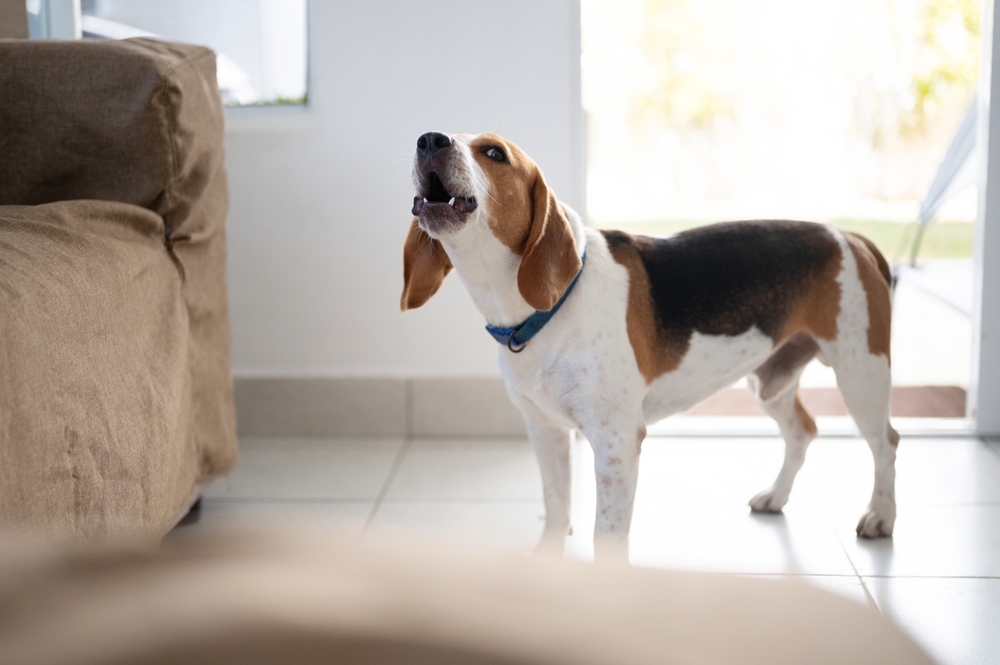
Turn your exit into a moment your dog looks forward to with a special treat they only get when you leave. Try a treat-stuffed Kong, a puzzle toy with peanut butter, or their favorite chewy snack. This little “departure gift” keeps them busy and focused on something fun and tasty. By the time they’ve finished their treat, you’ll be long gone, and they’ll be happily occupied.
2. Create a Calm, Pre-Departure Routine

Dogs are smart and pick up on our routines, so it’s no wonder they start getting anxious when they see the signs you’re about to leave. Create a calming ritual before you head out—maybe a few gentle pets, some quiet words, or even a short round of soft music. This helps cue them into a chill mindset and makes your leaving feel like no big deal.
3. Keep Exits and Returns Low-Key
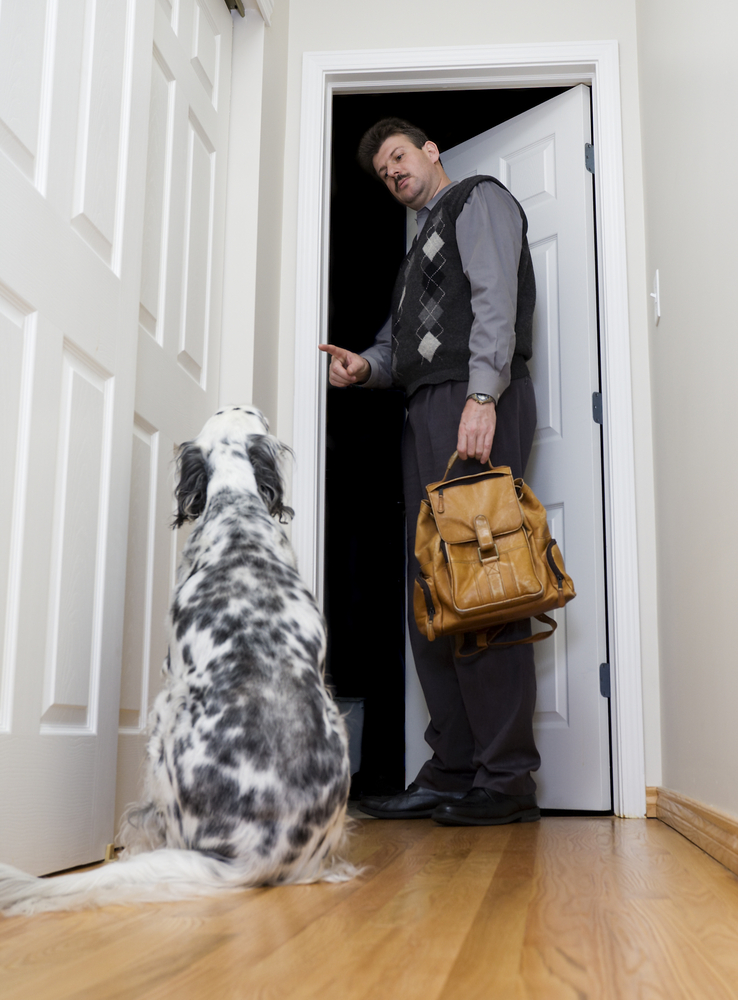
As much as we want to shower our dogs with attention before we leave, a big, emotional goodbye can actually make them much more anxious about you leaving. Keep your comings and goings low-key: a quick “See you later” on the way out, and when you get home, wait a few minutes before giving them a calm hello. This way, they start seeing your leaving as just another part of the day, not a major event.
4. Tire Them Out Before You Leave
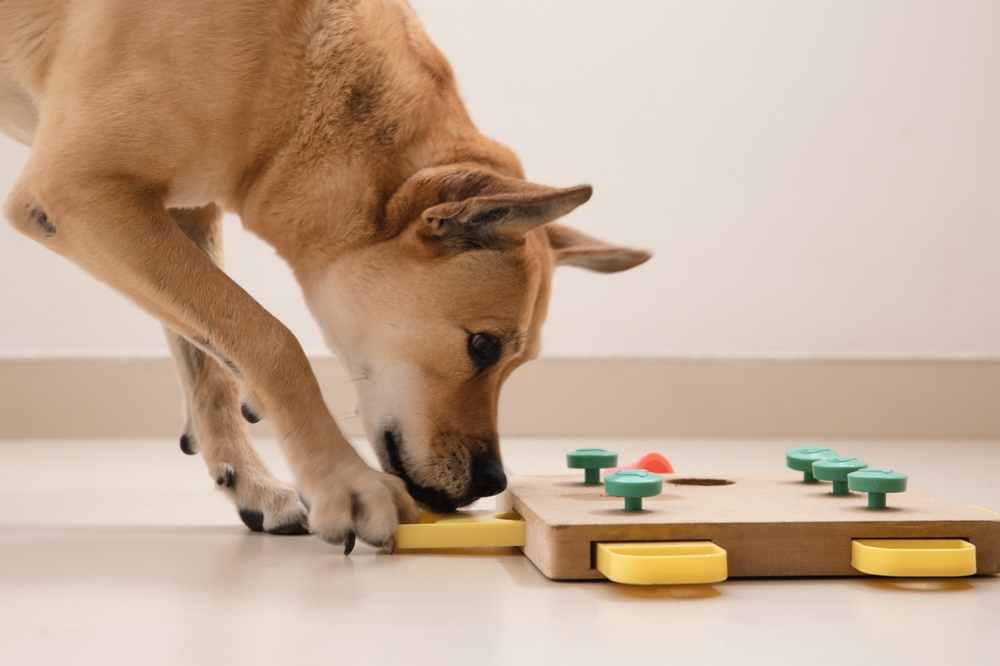
A tired dog is a happy (and quiet) dog. Give them a good walk or play session before you head out. Whether it’s chasing their favorite ball or a game of tug-of-war, burning off some energy makes it much easier for them to settle down when you leave. Plus, it’s a nice bonding moment that’s fun for both of you.
5. Leave On Some Background Noise
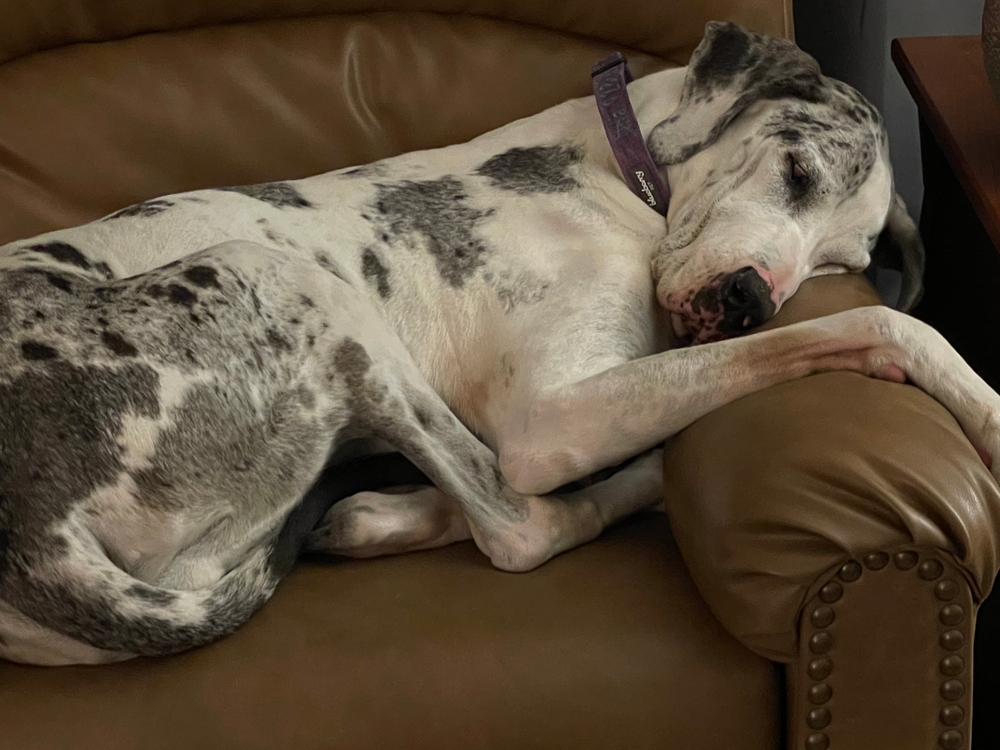
Dogs can feel calmer when there’s some background noise. Try leaving the TV on, playing a podcast, or even setting up a calming music playlist just for them. These sounds make them feel like they’re not totally alone and help mask any outdoor noises that might set off barking. It’s a small change, but for many dogs, it makes the place feel a lot less empty.
6. Keep Their Mind Busy with Interactive Toys
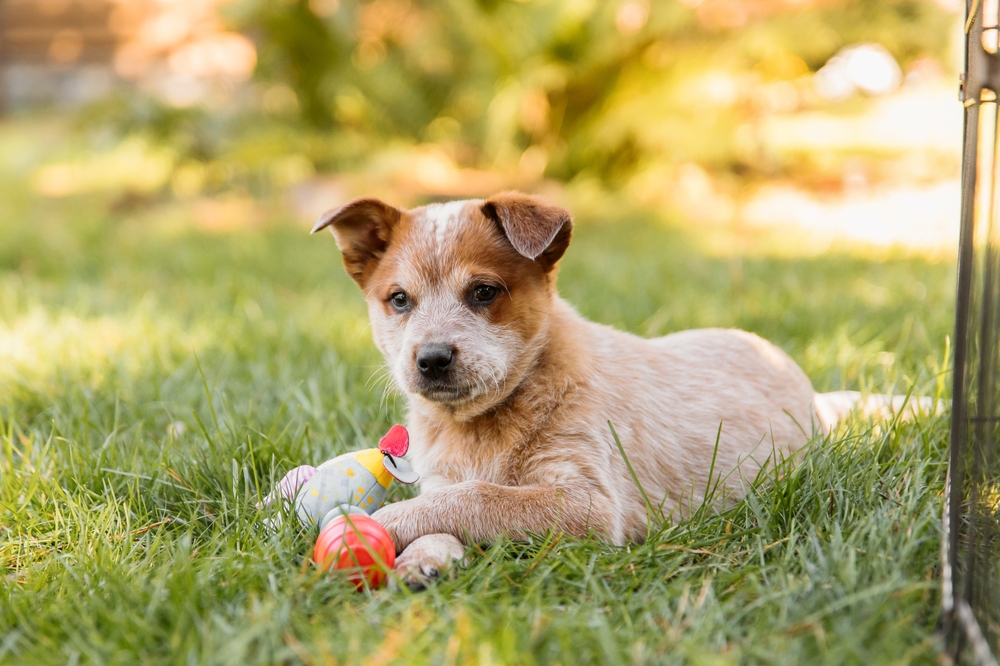
Interactive toys are lifesavers for bored or anxious dogs. Toys that dispense treats, puzzles that make them think, or even a favorite chew can keep their attention on something other than the fact that you’re gone. Mental stimulation like this gives them a positive focus and makes it less likely that they’ll feel the need to bark while you’re out.
7. Skip the Big Welcome Home Party
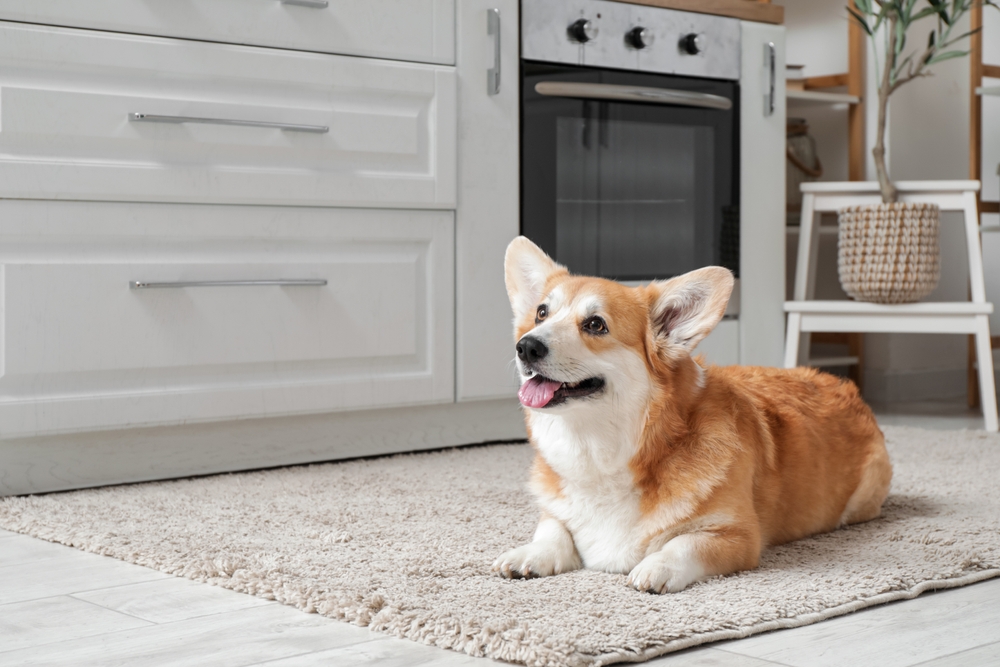
As tempting as it is to greet your dog with excitement when you get home, keeping things calm actually helps them stay more relaxed. Try waiting a minute or two before saying hello, and keep it mellow. This teaches them that your return isn’t a huge, emotional event, which then makes it easier for them to handle you leaving in the first place.
8. Try Calming Scents

Just like us, dogs can feel soothed by certain scents. Try using a pet-safe diffuser with a calming scent like lavender or chamomile, or use a dog-specific pheromone spray. These scents can create a relaxed vibe in your home, making it easier for them to stay calm. Just double-check that whatever you use is safe for pets.
9. Practice “Leaving Cues” Without Actually Leaving
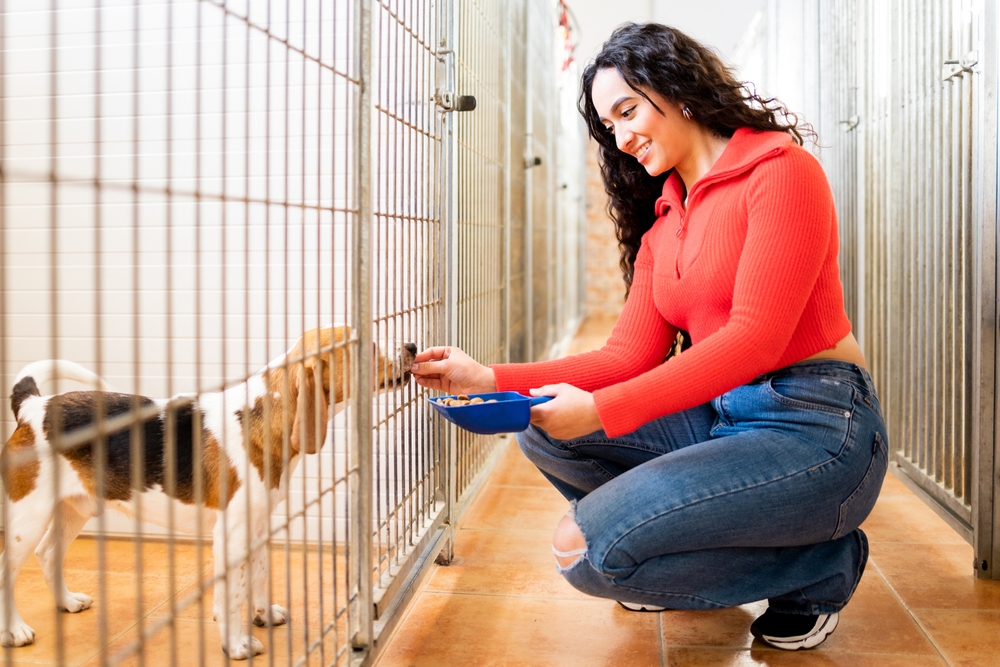
Dogs pick up on cues—like when you grab your keys or put on your shoes—and that can set off their anxiety. Try doing these things without actually leaving: pick up your keys, sit back down, put on your coat, and then watch TV. Over time, these “fake-outs” help break the link between these cues and you actually leaving, making them less stressful for your dog.
10. Try Short Practice Departures
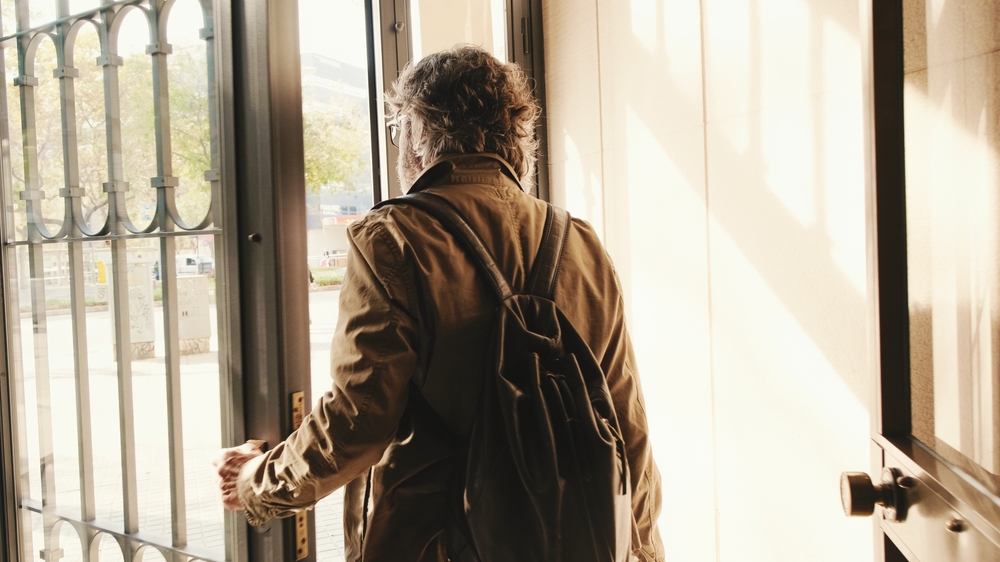
If your dog’s barking kicks in right when you’re out the door, practice with short absences. Step outside for a minute or two, then come back in calmly. Gradually increase the time you’re gone. This helps them get used to you leaving in small doses and builds their confidence that you’ll always return.
11. Check In With a Pet Camera
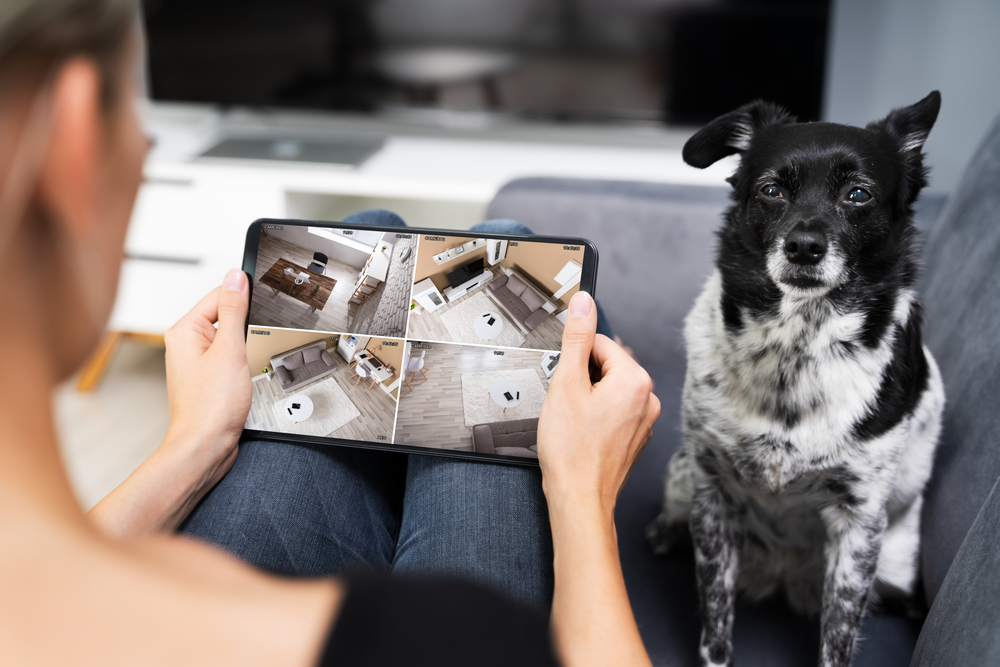
If your dog’s really anxious, a pet camera with two-way audio can be a nice way to check in and reassure them. Some cameras even toss treats, which is a fun bonus for them. This way, you can see how they’re doing, and a quick hello might be all they need to calm down. It’s a nice way to make sure they’re okay without having to be home.
12. Stick to a Routine

Dogs love routines. Try to keep your schedule consistent—leaving and coming home at about the same times each day can help them understand what to expect. When they know what’s coming, they’re less likely to feel stressed. Building that predictability into their day can make a big difference in how they handle your absence.
13. Consider a Calming Vest

For dogs with high anxiety, calming vests like ThunderShirts can be really comforting. These vests apply gentle pressure, like a hug, which can help soothe their nerves. It’s not a magic fix, but for some dogs, the extra comfort of a vest makes them feel more secure when you’re not around.
14. Seek Professional Help If Needed
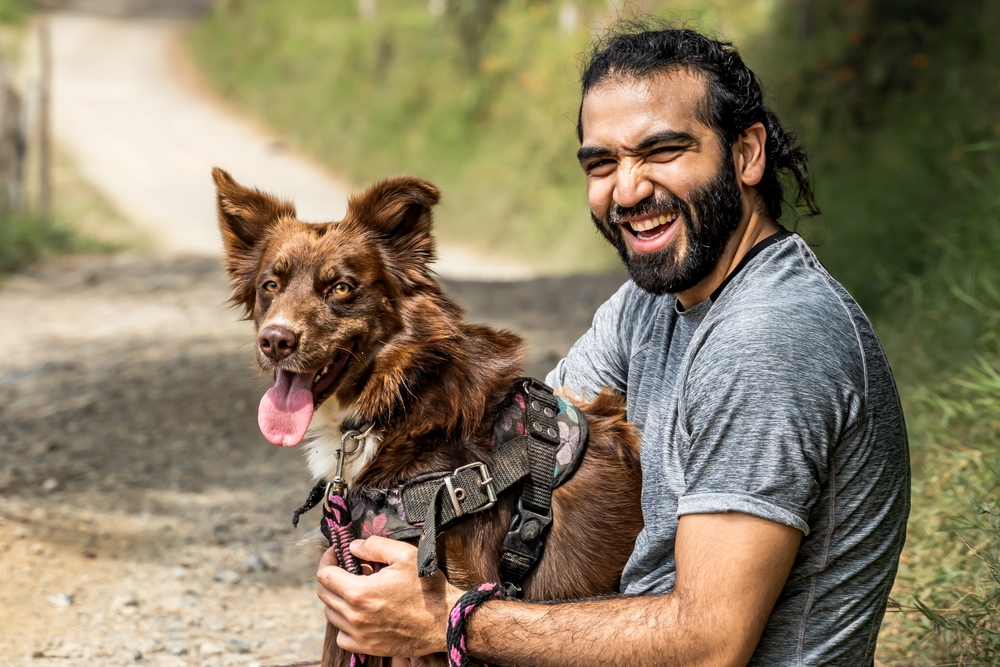
If nothing seems to be working and your dog’s anxiety is intense, a trainer or behaviorist can help. They can give you specific techniques to handle separation anxiety and barking, tailored to your dog’s needs. Sometimes, having a pro step in makes all the difference, and it can be a huge help in getting to the root of the behavior.
